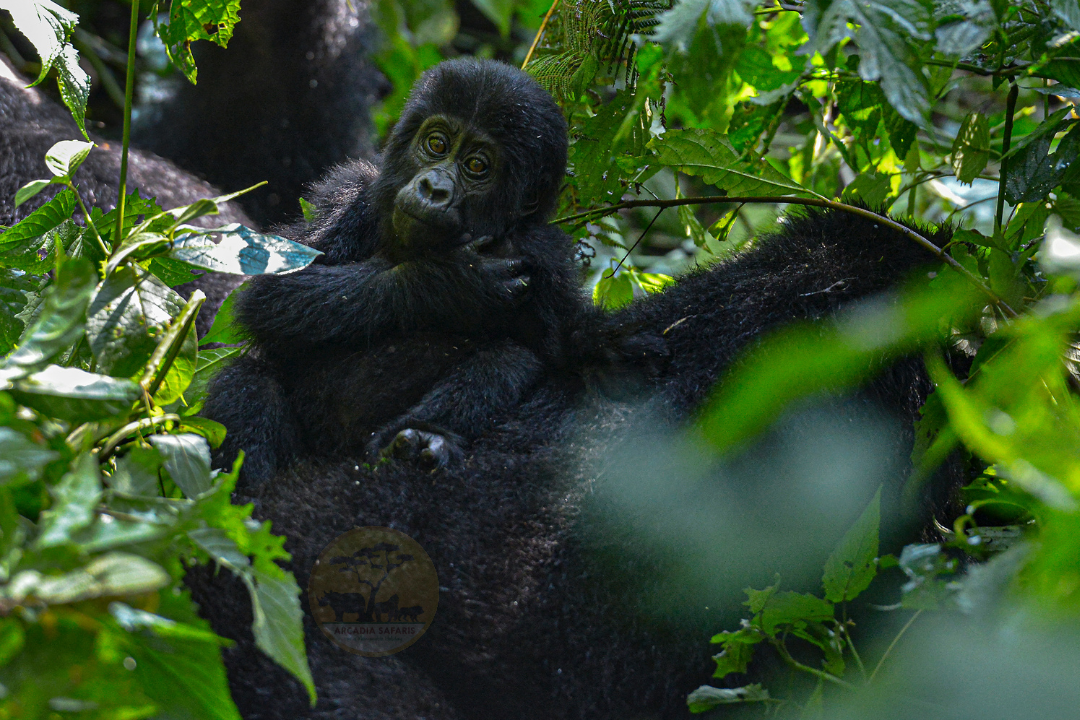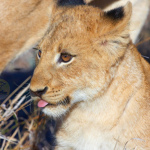The Intricate Dance of Kinship: Understanding the Relations and Differences between Gorillas and Humans
Relationships | Differences Between Gorillas and Humans. In the dense, green depths of Africa’s tropical rainforests, there is an unseen fraternity that breathes between mankind and gorillas. Sundered by millions of years of evolution, yet joined essentially in a profound genetic legacy, our affair with these stately primates is one grand ball of similarities and differences that shock; It calls us into a voyage of discovery-not just in what sets us apart but what places us together in life’s grand tapestry.
The Genetic Ties That Bind
Our kinship is a tale that starts at the level of the molecule. Humans and gorillas happen to share 98% of our DNA, making these creatures one of the closest relatives in the animal kingdom. This genetic overlap, manifest in so many ways within ourselves, carries a number of physical and behavioral similarities. Take for example how such highly developed opposable thumbs and fingers allow gorillas to grasp objects with a surety not so different from human hands; Apathy, sadness, happiness, and even humor can be read from their expressive faces since their social behavior is as multilevelled in intricacy just like those of humans. Relationships | Differences Between Gorillas and Humans
Our shared genetic legacy also encompasses complex social structures. Like humans, gorillas live in tight-knit family groups-or troops-bound together by dependability and stability inspired through one dominant silverback male, so much like the patriarch of a human family; Bonds within such groups are deep, typified by grooming, playing, and mutual care that underlines deep social instincts governing both gorilla and human interactions.
Evolutionary Paths Diverged:
The evolution of gorillas and humans took a great divergence, especially with regard to specific adaptations that were occasioned in either species. Basically, an outstanding difference is in the mode of locomotion adopted by the two species. Gorillas are basically quadrupedal, moving on all fours by a form of walking; this is performed with the hands knuckle-walking. Humans have evolved with the ability to walk upright on two legs, known as bipedalism. This adaptation took a great toll from the shape of the spine to the form of the pelvis in human anatomy.
This divergence in evolution extends well into cognition. While gorillas display incredible feats of intelligence, such as tool use, problem solving, and even learning several aspects of human signing, the human brain evolved to support linguistic competence, abstract thought, and high technological innovation; Such cognitive advances made it possible for humans to develop civilization, bring forth culture, and even come to question their own existence.
The Emotional and Ethical Dimensions
Perhaps the most poignant moment of our relation with gorillas lies on the emotional and ethical levels, where it turns into long, darkly expressive eyes and sweet disposition kin-like-transcending scientific analysis; Watching a mother hold her baby tenderly or the frolic play of young ones makes one realize that parenting remains an exciting playtime experience.
This emotional resonance has ethical ramifications. Insofar as we increasingly understand the sentience and social complexity of gorillas, we will be obliged to contemplate the larger implications for their well-being and conservation. Unfortunately, gorillas are threatened by everything from habitat destruction to poaching, and-in a tragic fact-are facing extinction. Our common ancestry thus binds us to take action to secure these magnificent creatures and to preserve the fragile ecosystems they dwell within.
Call to Action
The latter are not to be realized within an idle academic exercise but a call to action. It invites us to reflect upon our place within nature and our responsibilities towards other beings with whom we share this planet; As we move into the complex dance of human and gorilla kinship, we are reminded of our shared heritage and of the ethical mandate to protect fragile threads that bind us.
Remarks:- Relationships | Differences Between Gorillas and Humans
The gorilla, standing in the heart of African forests, stands as a mirror to our humanity, a reflection of our capacity for compassion, social bonding, and intelligence; In embracing this kinship, we not only enrich our understanding of the natural world but deepen the commitment to conserving the precious diversity of life that surrounds us; The dance goes on to prove that a bond will always exist between the lives of gorillas and humans, a bond which can call upon us to care, protect, and celebrate this special connection in very special ways.











